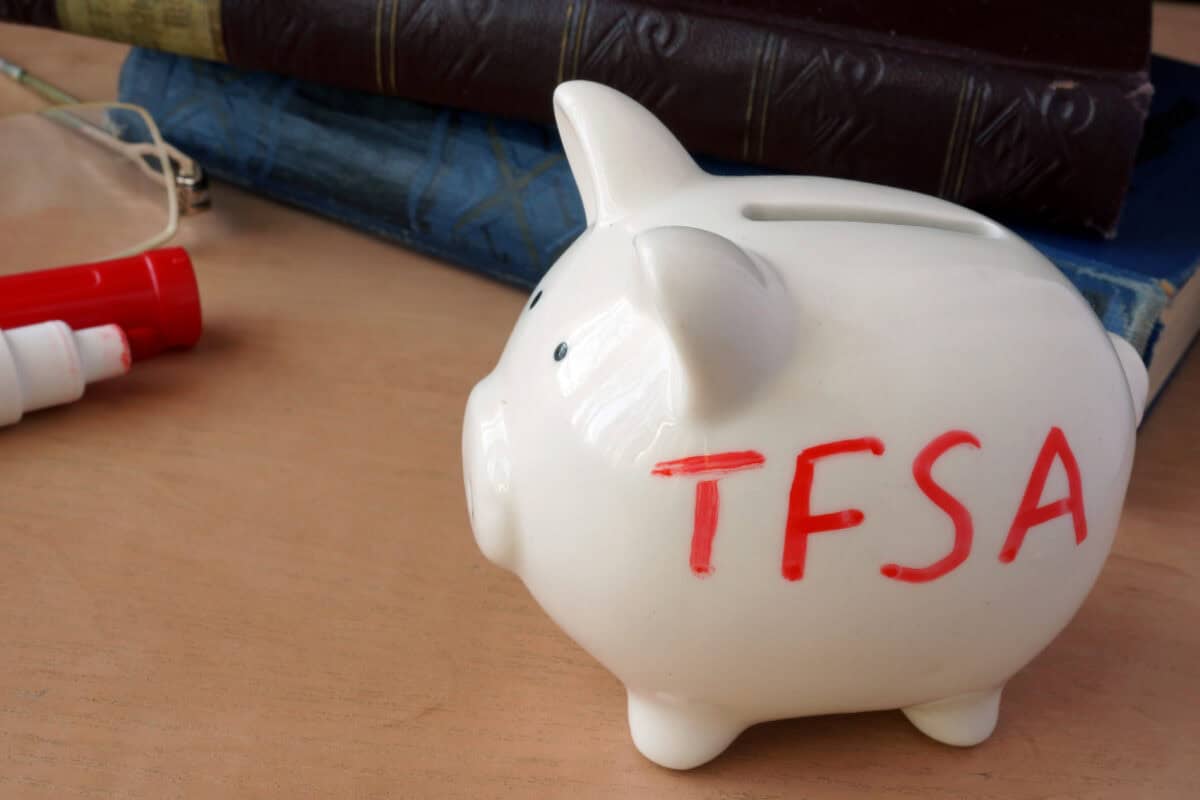Are you looking for cheap stocks to stash in your tax-free savings account (TFSA) for the long term?
In some ways, today’s market makes them hard to find. Stocks in general are pricey these days, and true value names are rare. It’s even harder to find “quality” stocks – the kinds that tend to be worth owning for prolonged periods – that are cheap.
Nevertheless, it is possible to find relatively cheap stocks that are worth stashing away for 10, 15, or even 20 years. Of course, you have to monitor your portfolio holdings and make sure that nothing materially changes to cause them to lose their “long-term investment”-worthy nature. Still, stocks in sectors like utilities and rail transportation often prove good holdings for decades upon decades, due to their economic indispensability and lack of competition. In this article, I will explore two stocks that may be worth holding in your TFSA for 15 years or more.
CN Railway
The Canadian National Railway (TSX:CNR) is Canada’s largest railroad company. It owns a large rail network that touches on three North American Coasts. It ships $250 billion worth of goods across Canada and the United States each year, making it an economically indispensable component of North America’s energy infrastructure.
CN Railway’s stock has taken a minor beating this year. It’s down 4.7% year to date. Some reasons for this minor sell-off include a railroad workers’ strike, a recent earnings miss, and a revenue decline in 2023. The revenue trend has since reversed, but it took the stock lower in the second half of that year, and it continued trending downward this year due to lukewarm earnings.
It’s precisely because of this weakness that CNR is an interesting buy right now. Rail is the cheapest way to ship goods over land, and CN Railway has only one major competitor in Canada. That virtually guarantees it will have business and a decent amount of pricing power. Today, though, the stock is cheaper than it was a year ago. While its 19 P/E ratio might not seem quite consistent with the “dirt cheap” description, remember that this company trades at 19 times earnings while having a rock-solid competitive position. It is quite cheap relative to all of the advantages it enjoys.
Fortis
Fortis Inc (TSX:FTS) is a Canadian utility stock that trades at 18 times earnings. It’s not exactly deep value, but in a market where some of the biggest companies trade at 70 times earnings, it’s comparatively dirt cheap.
Fortis is famous for its dividend track record. It has raised its dividend every single year for the last 50-plus years, giving it the title of “Dividend King.” The company aims for 5%-6% dividend hikes through to 2028.
Fortis is a regulated utility. It provides an economically indispensable service (heat and light) that consumers don’t cut out entirely, even in the worst recessions. This fact alone gives the company an edge in stability. On top of that, Fortis invests more aggressively in growth than other utilities do. In the past, it bought up utilities across Canada, the U.S., and the Caribbean. Today, it’s doing a series of capital expenditures that should increase the rate base. Overall, it’s a stable utility stock with a lot of promise.








